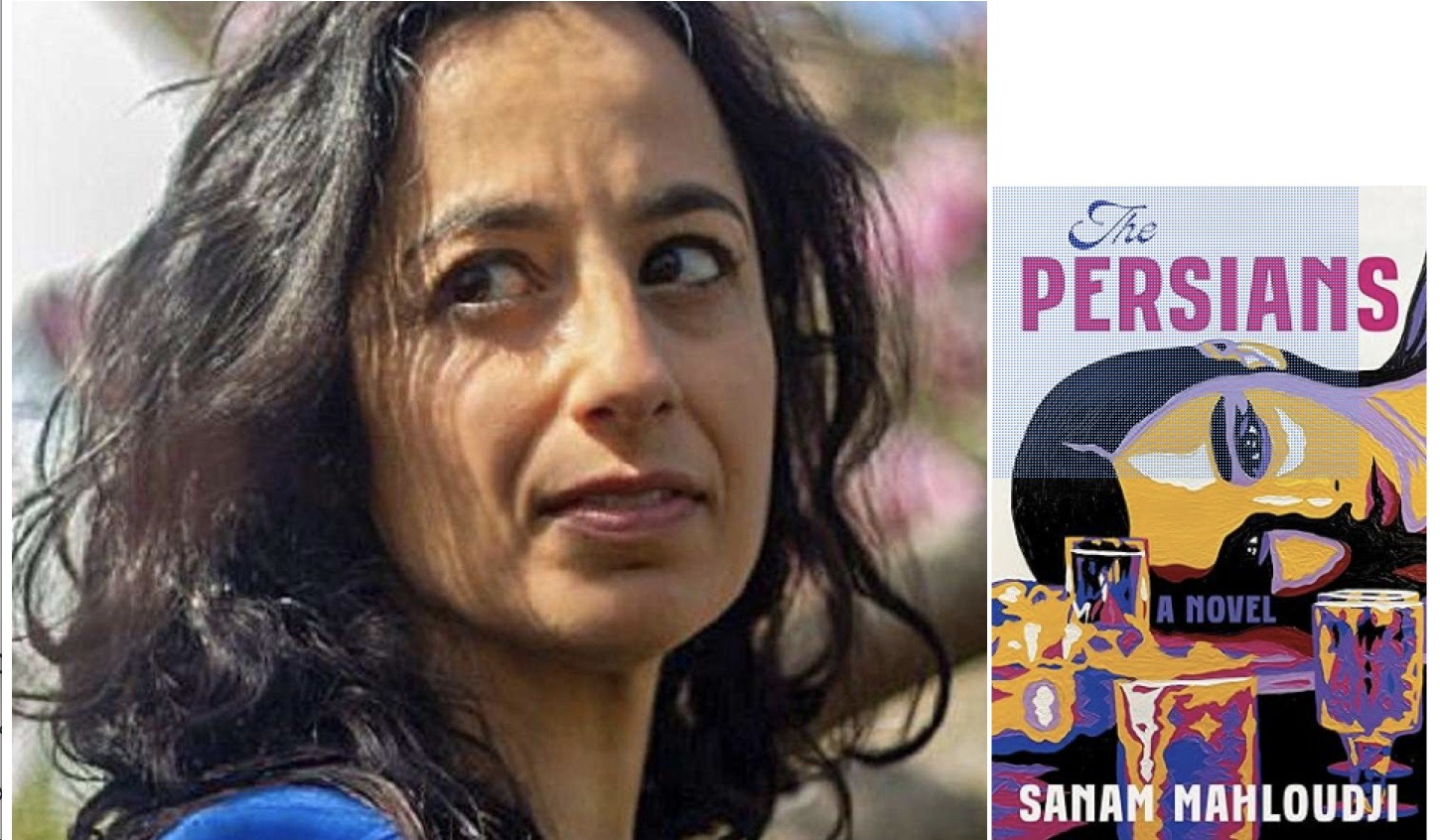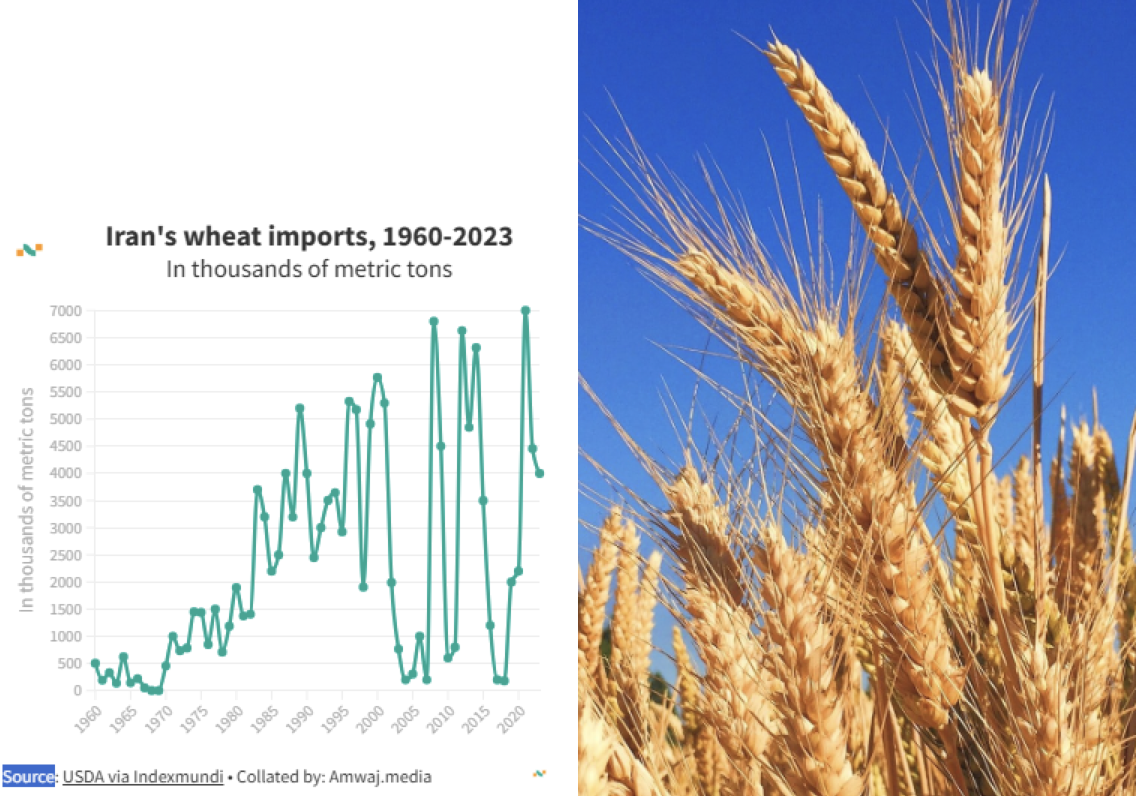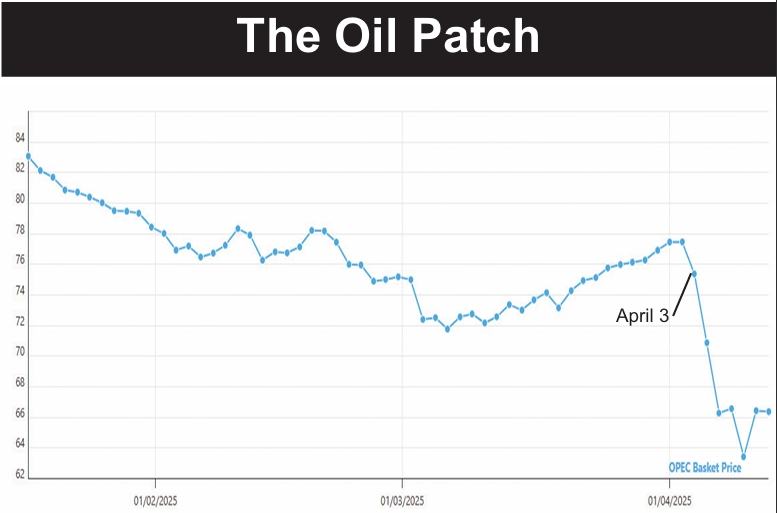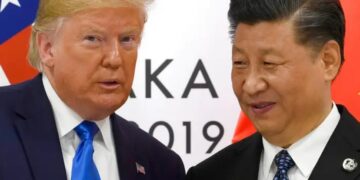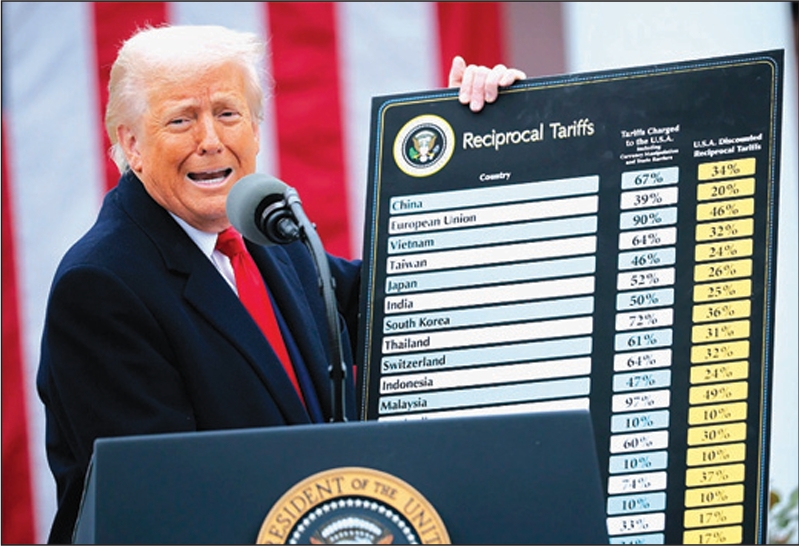(LNG), plans that were shelved three years ago.
Oil Minister Rostam Qasemi and Mohsen Qamsari, director of international affairs at the National Iranian Oil Company (NIOC), both announced the shift Monday.
Qasemi said, “LNG is a product that makes us stronger in the global market and is a strategically important issue.” He said the government now plans to launch five LNG projects, although the plan for the last three years has supported only one such project while mothballing all others.
Qamsari said LNG is now booming and its market may eventually surpass oil. “We must try to gain control of Indian and Chinese LNG markets,” he said. “They are close to our country and account for 45 percent of the LNG consumption in the world.”
Natural gas can be distributed either as a gas by pipeline or as a liquid by tanker. Natural gas needs to be liquefied to transport it by ship to distant markets. Without an LNG program, Iran cannot sell to the most distant markets. But its central location means it still has many potential markets, at least theoretically, via pipeline.
Iran made plans to move big into LNG in the 1990s when it began development of South Pars, the largest gasfield in the world. But it ran into trouble with sanctions. It was unable to get either the technology it needed to liquefy gas nor the huge capital required to develop all the liquefaction infrastructure needed.
Three years ago, the government bowed to those facts and announced it was mothballing all but one of its LNG projects and would focus instead on marketing natural by pipeline to its neighbors. In three years, that has gone nowhere either. Iran pipes natural gas in significant quantities only to Turkey, which has been receiving piped gas from Iran for a decade.
The big pipeline projects envisioned three years ago were to go westward to Europe and eastward to Pakistan and then onward to India, opening huge markets. But both projects are now in limbo.
The European Union voted not to buy any Iranian gas until the nuclear dispute is settled, putting that westward plan in the deep freeze.
To the East, Pakistan wants the gas, but cannot find the capital to build the pipeline. India also wants the gas but balked at Iranian demands. The show-stopper was Iran’s demand that India pay for the contracted gas when it reached the Pakistani border. India balked because that meant that if Pakistan stopped the flow during a dispute and confiscated the gas, India would still have to pay Iran for it.
As a result, Iranian plans to pipe gas are at a standstill—just like the LNG plans three years ago.
India was also displeased at the price Iran wanted. Qamsari talked Monday about shipping LNG by tanker to India. That would avoid the conflict over paying at the border—but it still leaves the price issue unresolved.
Iran said in August that it had signed an agreement for Indonesia to buy Iranian LNG. China has indicated it might also be interested.
The remaining issue is how to develop the LNG infrastructure—a rather significant point. Qamsari gave no hint how that would be resolved. However, Ali Kheirandish, managing director of the Iran LNG project, announced Tuesday that he is in talks with a Chinese group that might finance LNG infrastructure at the Persian Gulf port city of Assaluyeh, where most of the South Pars gas will come ashore.
Kheirandish did not name any of the Chinese firms and did not suggest that any documents had been signed.
Kheirandish announced back in April that Iran would begin exporting LNG in late 2012 from its “Iran LNG” project, the one project that Iran did not mothball three years ago. Progress on that project remains unclear.
The two large mothballed projects are “Pars LNG” and “Persian LNG.” Hossain Bidar-maghz, managing director of the National Iranian Gas Export Company (NIGEC), insisted last week that both projects could be resumed at any time. “Our foreign partners don’t like to stand idle,” he said, insisting that the projects had foreign partners—although he did not name them, which always raises suspicions of hollow rhetoric.
Bidarmaghz acknowledged that construction work had been suspended for three years. He said that was purely for economic reasons. He didn’t say how the economic picture—finding capital—had changed.
Most of the technology required for LNG projects is in the hands of a relative handful of Western firms who will not touch Iran these days.
At the moment, Iran produces no LNG and is rapidly losing potential market share to many competitors. It is believed that fear of being shut out of the LNG market long into the future is what is motivating Iran to try to revive its stalled LNG plans. But many believe Iranian officials are now talking about LNG plans when what they have is just hope, not real plans.
In August 2009, Kheir-andish told the Mehr news agency that three European companies had voiced interest in buying 80 percent of the Iran LNG project.
Pointedly, he did not name any of the companies, raising doubts as to whether they really existed. Furthermore, he did not explain how and why European companies, which have been deserting Iran in droves the past few years, would suddenly change their minds when European governments have been getting even tougher with regard to Iran.
More than two years have now passed and nothing has come of what Kheirandish talked about.
Kheirandish also said the Iran LNG project would receive a 200-million-euro loan from a European bank in “the next few months.” Iranian officials often make such predictions that fail to materialize. This one has also failed to materialize.
A few weeks ago Kheir-andish said the Iran LNG project was 53-54 percent complete and would be ready to ship its first cargo in the first quarter of 2013.
Ground was broken in 2007 for the Iran LNG project at Tombak Port, about 50 kilometers (30 miles) north of Assaluyeh on the Persian Gulf coast in Hormuzgan province. The published goal was for the project to become operational in 2011.







